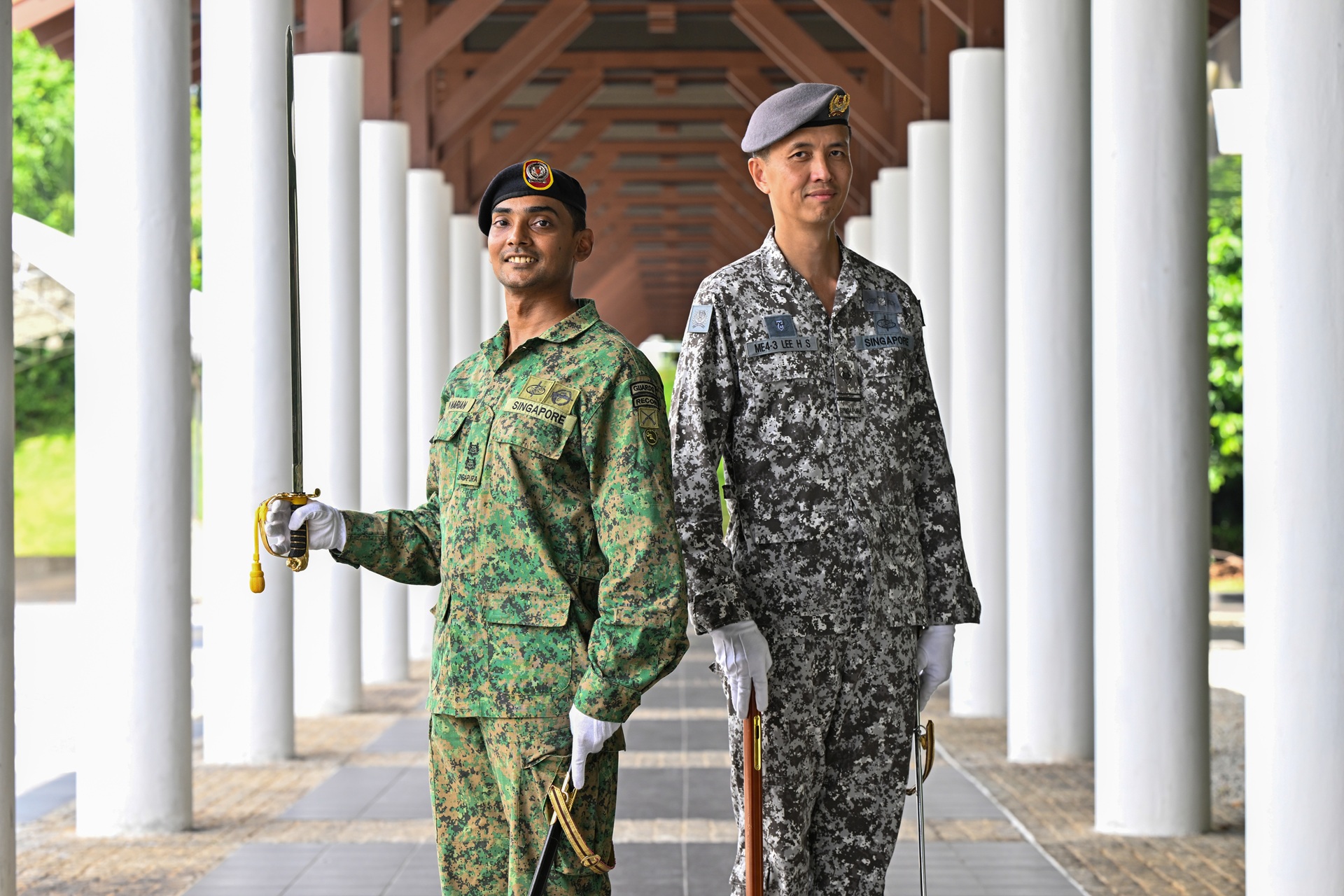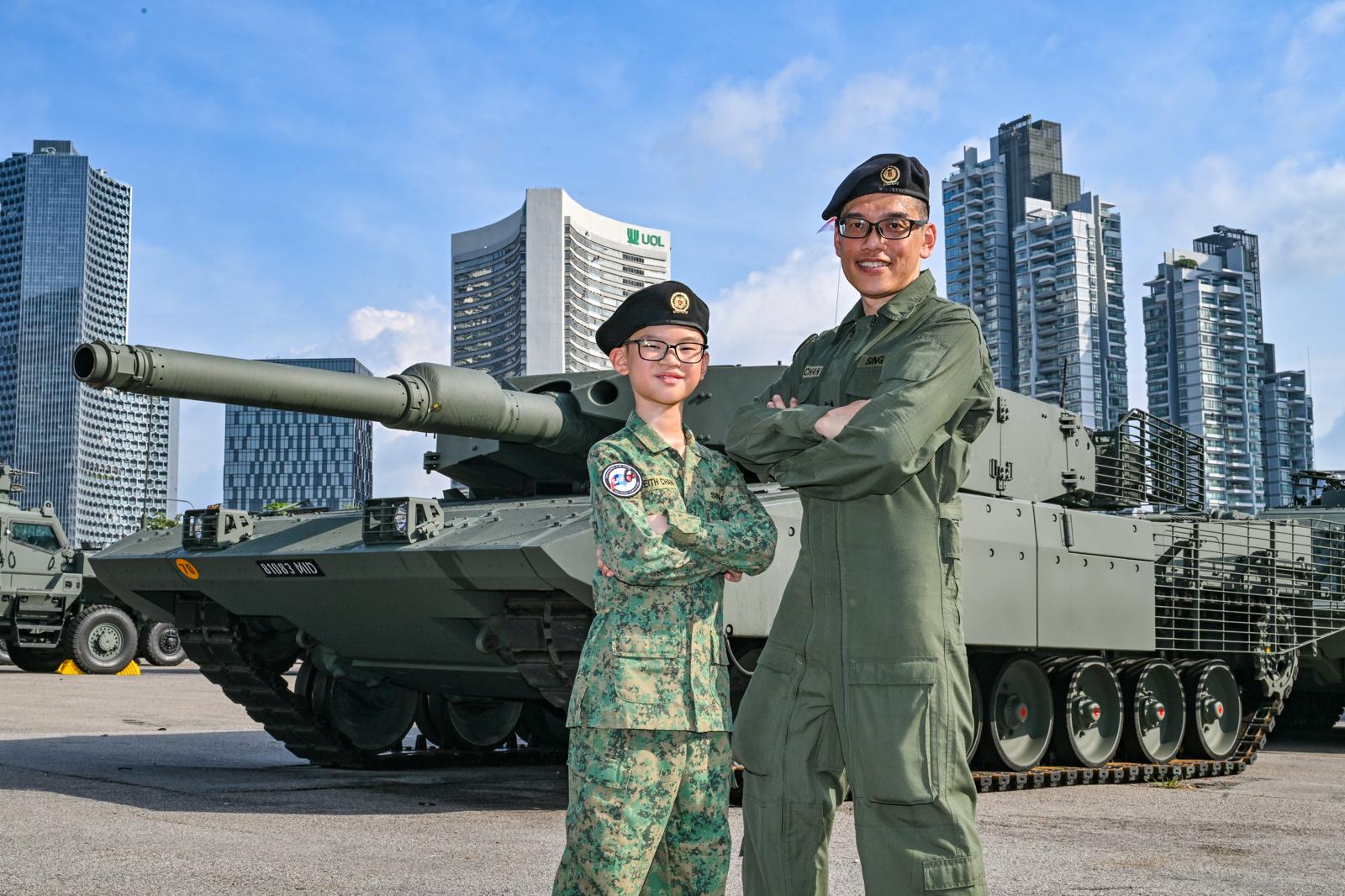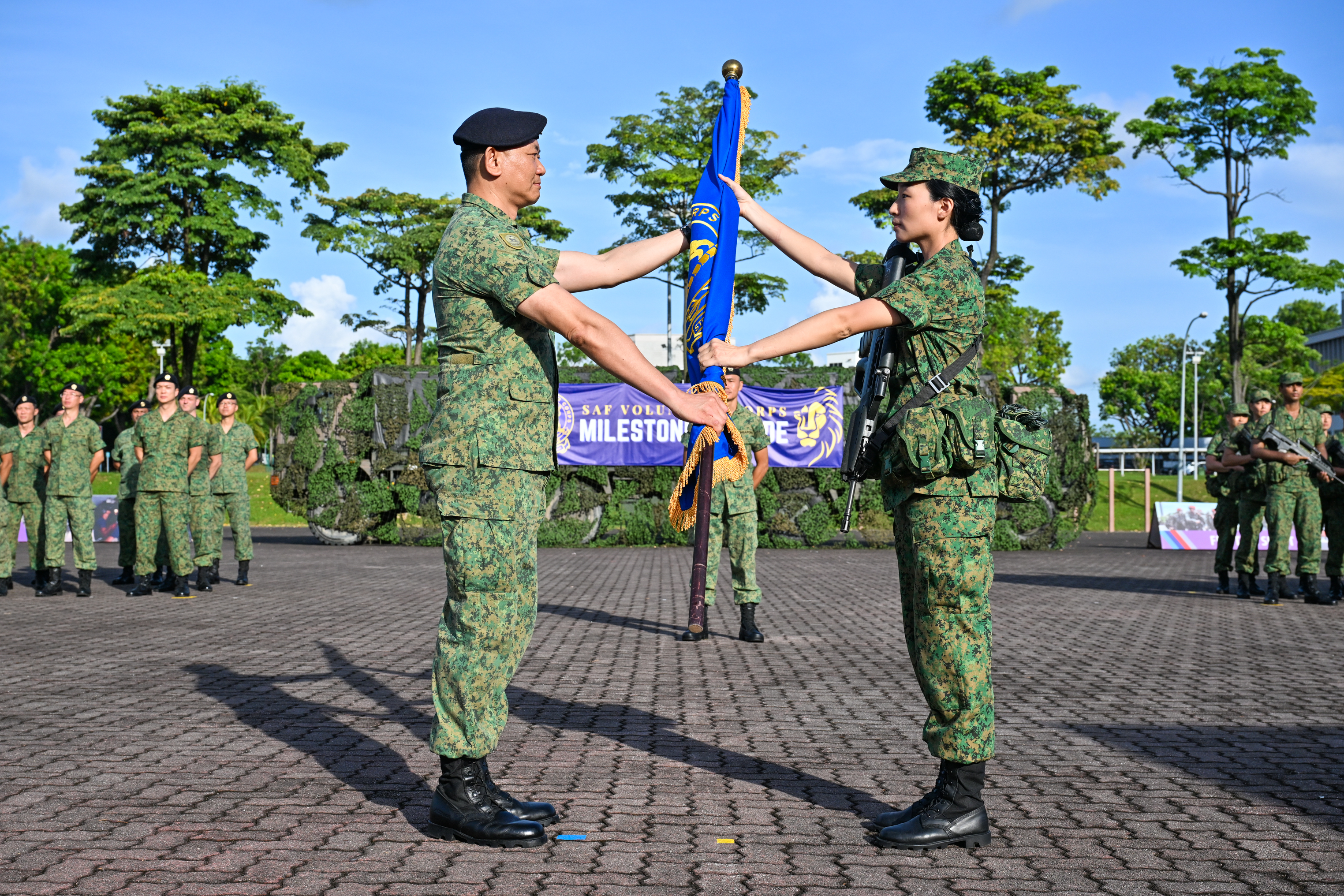SMARTER, LEANER & MORE LETHAL SAF
The next-generation Singapore Armed Forces (SAF) will exploit technology and invest in improved assets to do more with less.// STORY Thrina Tham & TEO JING TING
// Photos PIONEER Photographers
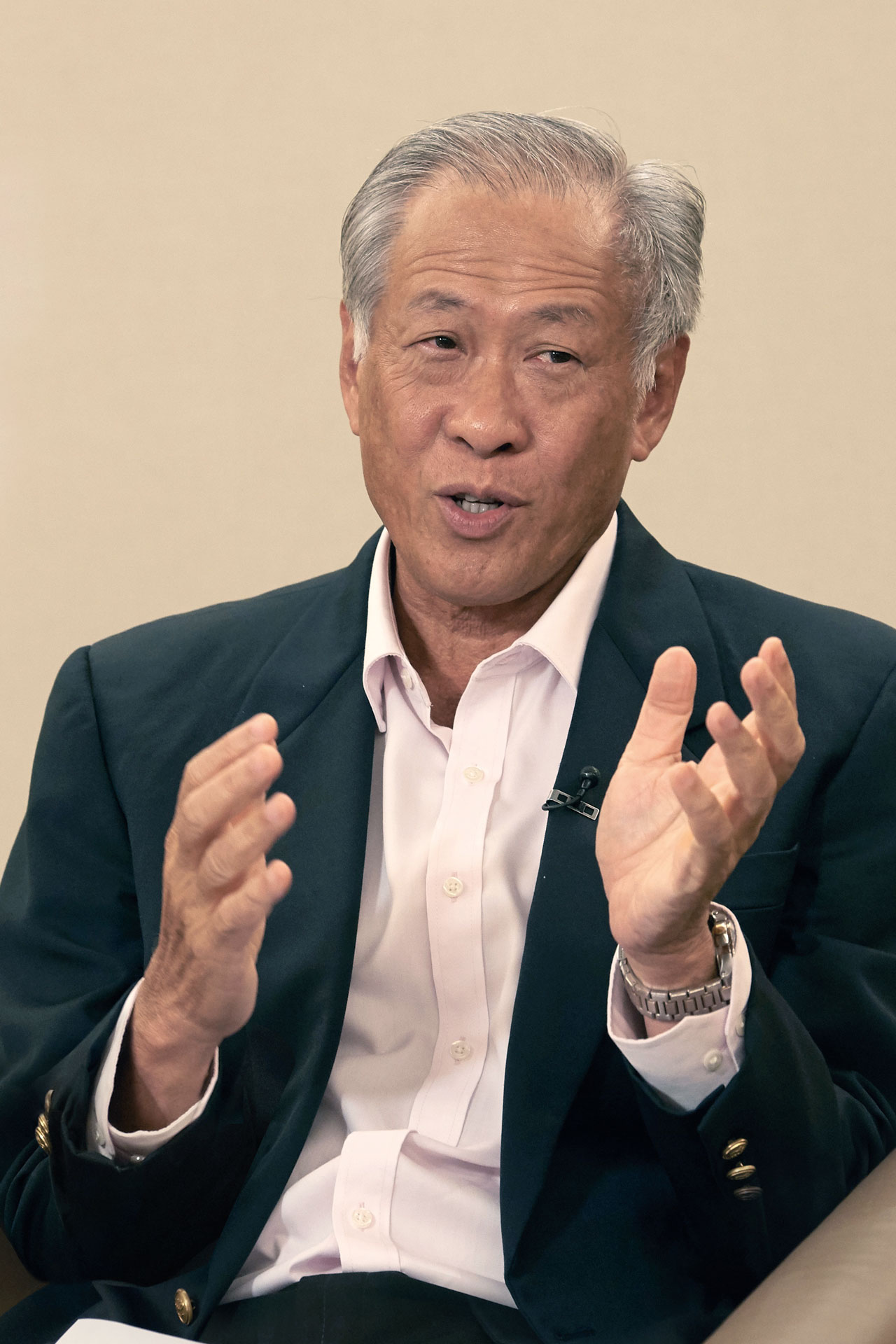 |
Short of an actual attack, the recent DPRK-USA Summit held in Singapore was the most crucial mission the SAF has had to face, said Defence Minister Dr Ng Eng Hen.
Pulling off the summit security was not happenstance, but a result of the SAF's long-term planning, said Dr Ng in an interview on 29 Jun ahead of SAF Day, which falls on 1 Jul each year.
"We must (continue to) plan ahead and build an SAF that can protect Singapore for another generation."
A more capable Army
As the military faces a projected one-third reduction in manpower because of Singapore's falling birth rates, the SAF is investing in platforms that require less manpower to operate.
One such asset is the Next Generation Armoured Fighting Vehicle (AFV), which can fire on the move and requires 20 per cent less manpower to operate. Calling it "the centrepiece of the next-generation Army”, Dr Ng noted that the AFV will replace the ageing ULTRA M113.
It will be accompanied by the Next Generation Howitzer, a fully automated 155mm weapon system that only requires a three-man crew but has a higher firing rate — compared with the current Field Howitzer 2000 which needs a nine-man crew.
"Again, (we'll have) less people but greater range, greater firepower and greater mobility."
A more versatile Navy
At sea, the Republic of Singapore Navy (RSN) will replace its Missile Corvettes with Multi-Role Combat Vessels. The vessels will act as manned "motherships” and be equipped with unmanned systems, such as drones, that allow the RSN to see further and respond faster to threats.
"You can send out unmanned (systems) in the air, on surface and even sub-surface to deal with mines, for instance," said Dr Ng, adding that the Navy has tested various unmanned modules.
The Archer- and Challenger-class submarines will also be replaced with four new Type 218SG submarines, which will be customised to meet the RSN's unique operating conditions.
They come with modern combat systems and improved sonar technology to detect threats faster underwater. "Our new submarines will represent a quantum jump in subsurface capabilities — 50 per cent longer endurance and certainly more deadly," Dr Ng said.
An advanced Air Force
The SAF will make a decision in the next few months on the replacement for its F-16 fighter jets.
The F-16s, which have been in service since 1998, are undergoing mid-life upgrades and will face obsolescence beyond 2030. Replacing them requires a lead time of about eight to 10 years, said Dr Ng. Time is also needed to train the pilots and find suitable training grounds.
The RSAF will also replace its KC-135R utility and aerial refuelling aircraft with the new A330 Multi-Role Tanker Transport (A330-MRTT), which can carry 20 per cent more fuel.
To continue to stay ahead of the changing demands of air warfare, the RSAF will set up a new Air Warfare Centre to experiment, test, validate and operationalise air warfare concepts and capabilities.
Together, these capabilities will give Singapore air superiority, said Dr Ng. "(Singapore is) small and we need to create that time and space for early warning of any aggressors."
An innovative SAF
The SAF has to use smart technology to amplify its effectiveness and reduce the use of manpower, added Dr Ng.
One effort is the Army's one-stop Integrated Forward Maintenance Hub, where the maintenance and repair of tracked vehicles will be consolidated at Sungei Gedong Camp.
With the new hub, total repair time is cut by half — from an average of 24 days to 12 — while the manpower required for maintenance is reduced by 20 per cent.
Other initiatives include a Smart In-Camp Training (ICT) app that is on trial to increase efficiency and cut down waiting time for Operationally Ready National Servicemen (NSmen).
For example, they can check their training programmes six months before their ICT, and plan their schedules accordingly.
For NS commanders, the app provides consolidated information of the NSmen under their command, such as attendance figures and training records.
Noting efforts to increase the use of smart tech in the SAF,
Dr Ng said: "The next-generation SAF must keep pace with the expectations of the next-generation Singaporeans. That is what we are trying to do."
Building an SAF for the future
2018
- Six Littoral Mission Vessels launched to date
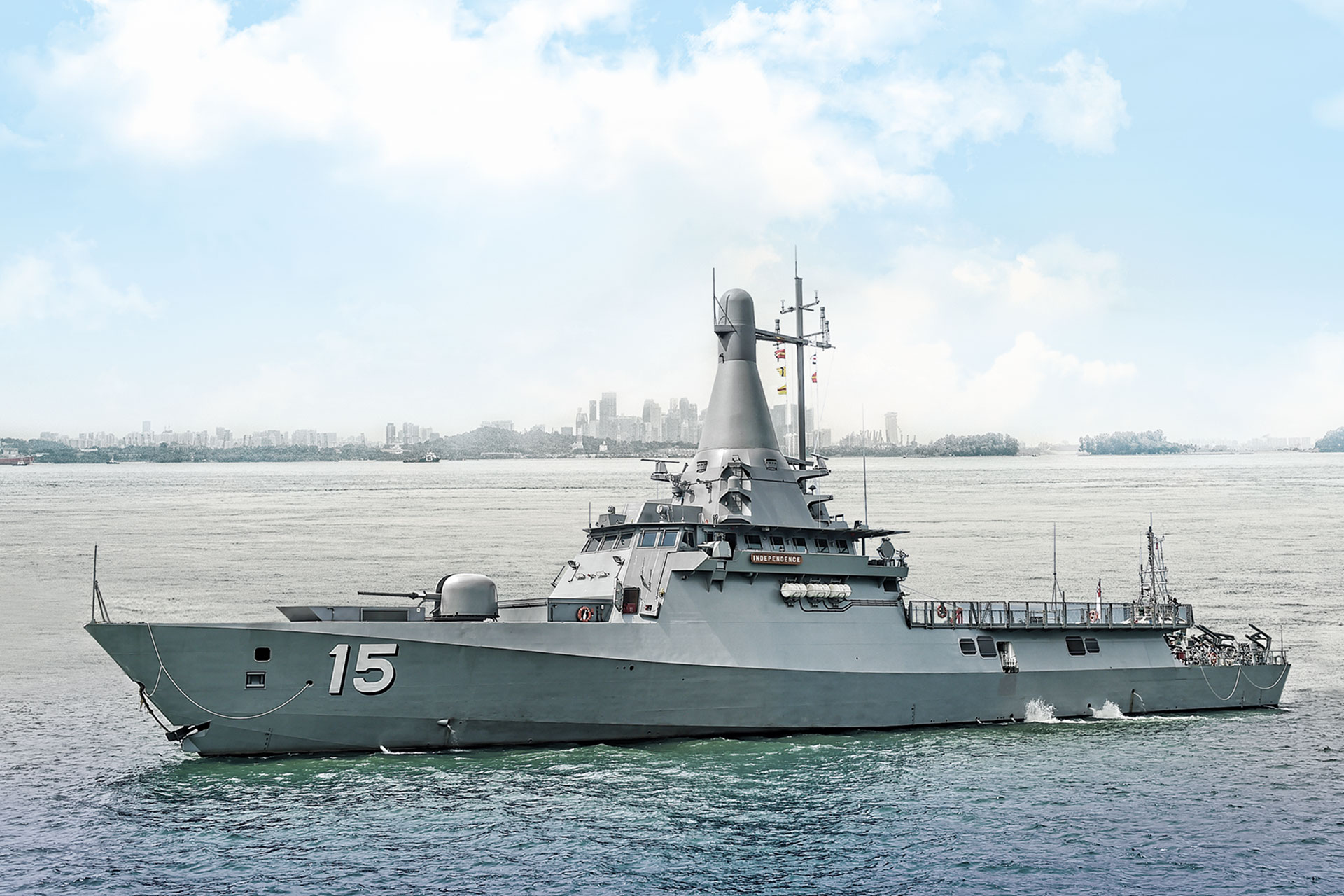
- ASTER-30 missile system delivered to replace I-HAWK system
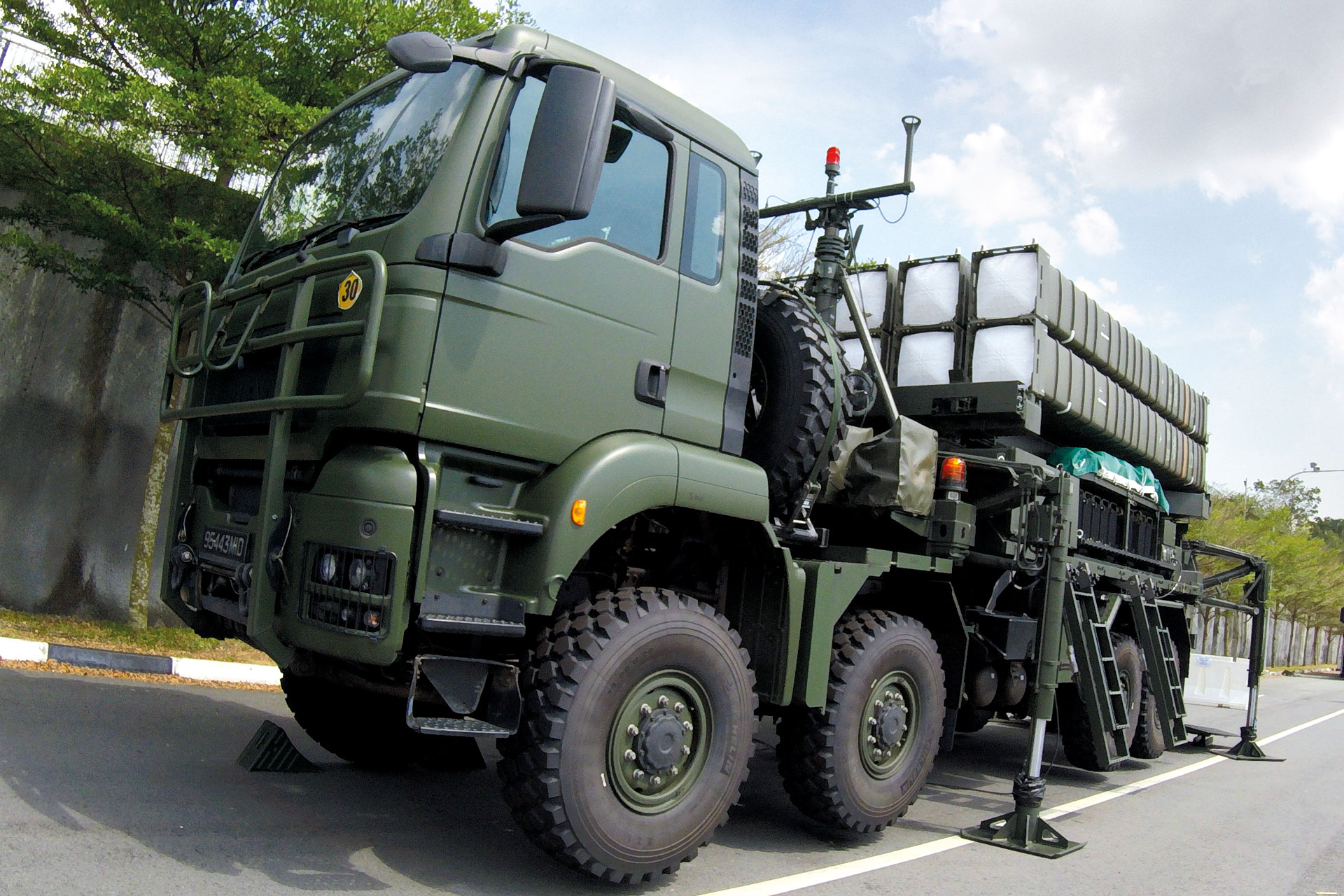
- A330-MRTT to be delivered to replace the KC-135R tanker aircraft. (Photo: Airbus)

- Air Warfare Centre set up to experiment, test, validate and operationalise warfare concepts and capabilities
- Integrated Forward Maintenance Hub established to reduce manpower for maintenance
2019
- Next Generation AFV to replace ULTRA M113 Armoured Fighting Vehicle
- Type 218SG submarines to be launched, which will replace the Archer- and Challenger-class submarines
- Smart ICT app to be rolled out for servicemen to check their training programmes in advance
2020
- CH-47F Heavy Lift helicopter to replace older Chinook helicopters (Photo: Boeing)
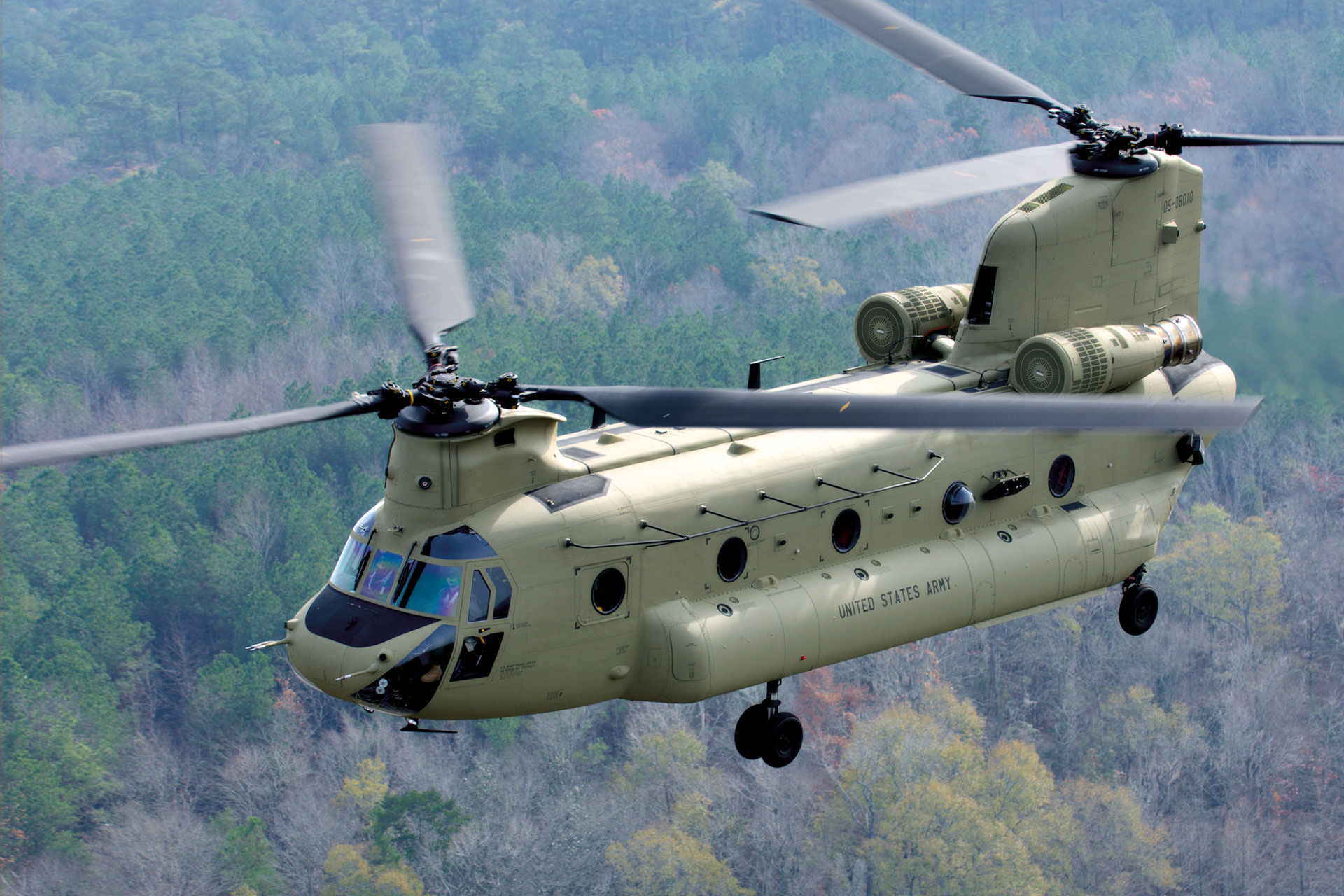
- H225M Medium Lift helicopter to replace Super Puma helicopters (Photo: Airbus)
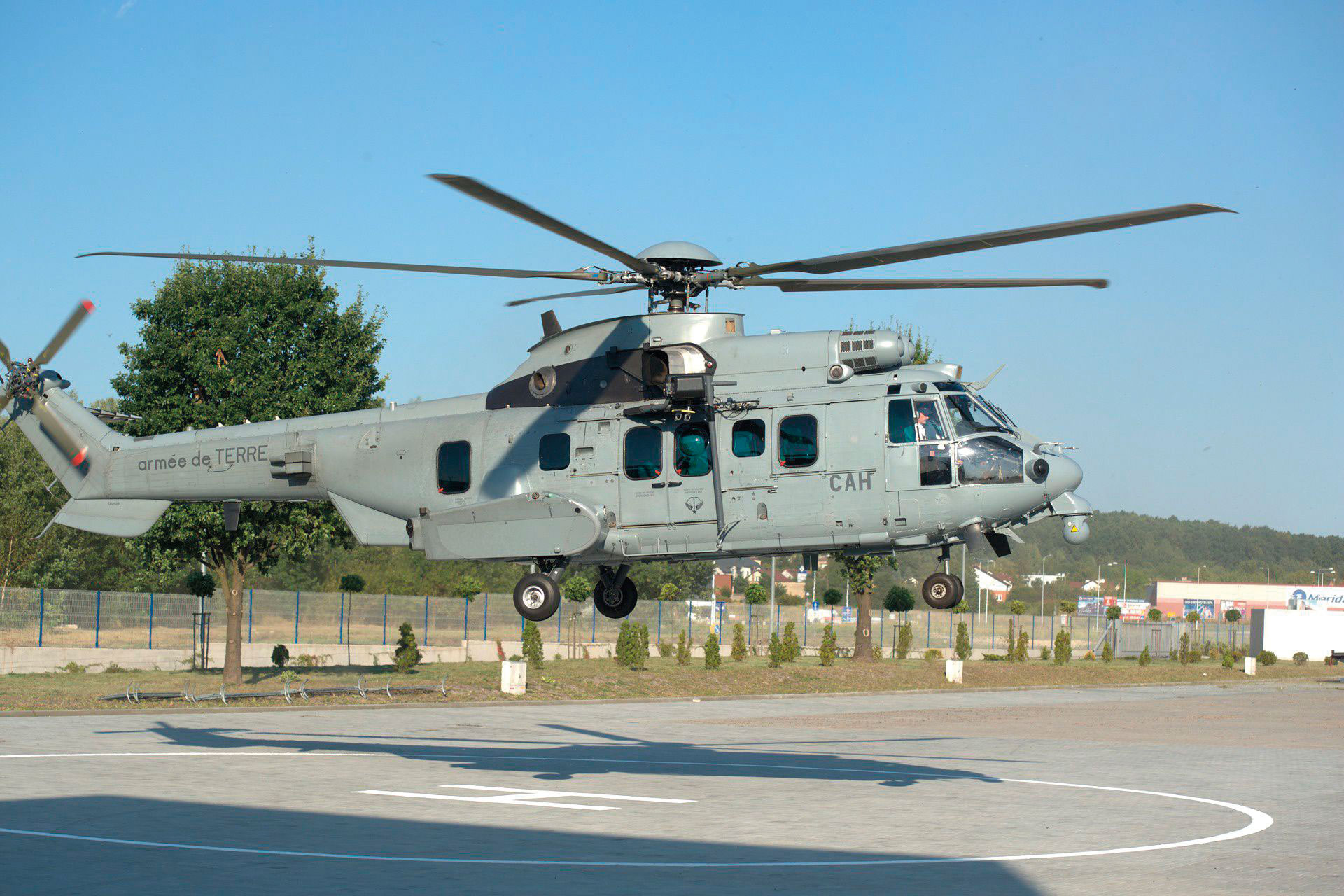
Beyond 2020
- Fully-automated Next Generation Howitzer to replace the Field Howitzer 2000

- Next Generation Infantry Battalion to boast man-unmanned teaming capabilities

Beyond 2030
- Multi-Role Combat Vessel to replace Victory-class Missile Corvette that will reach the end of its lifespan in 2025
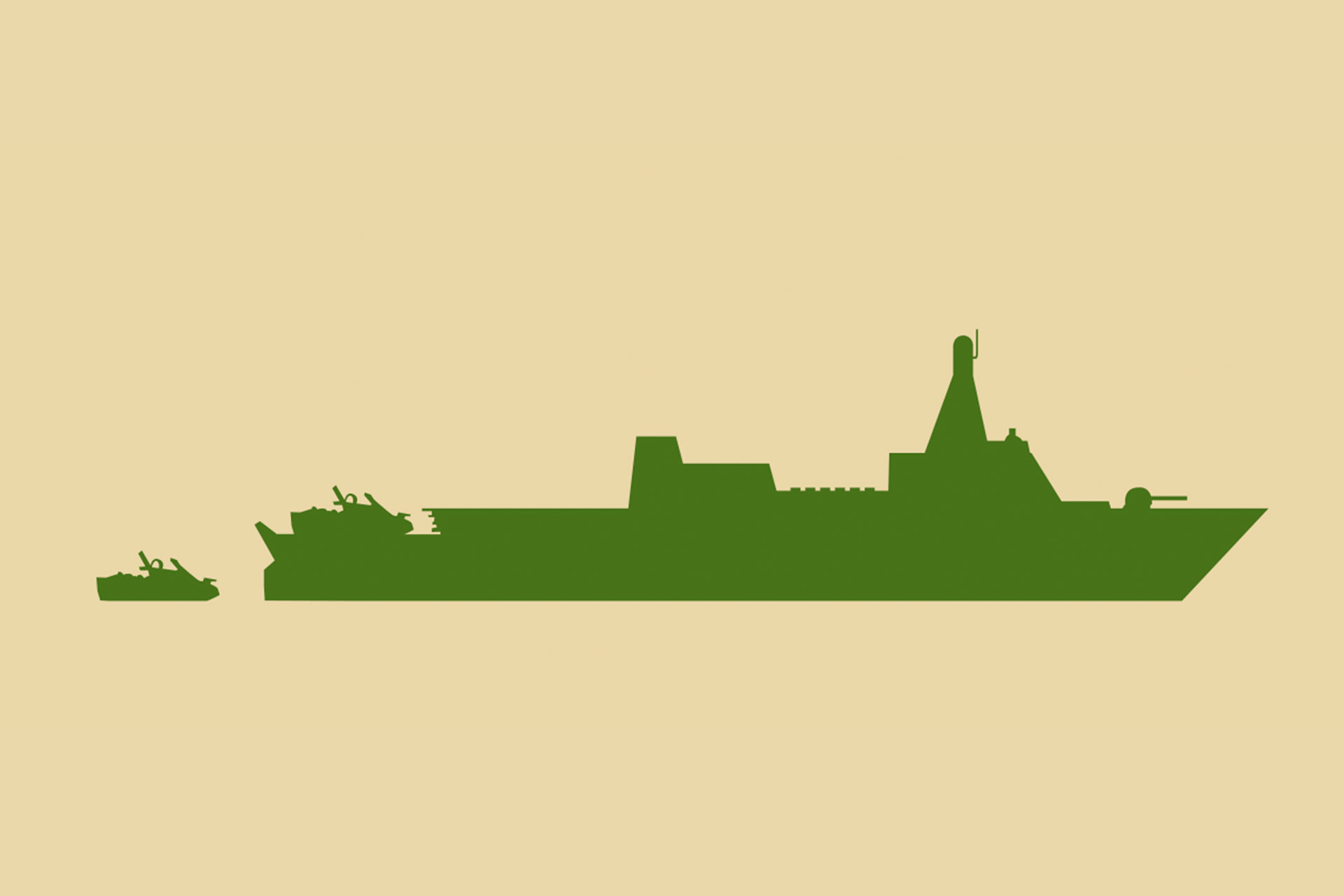
- Joint Multi Mission Ship to replace Endurance-class Landing Ship Tank
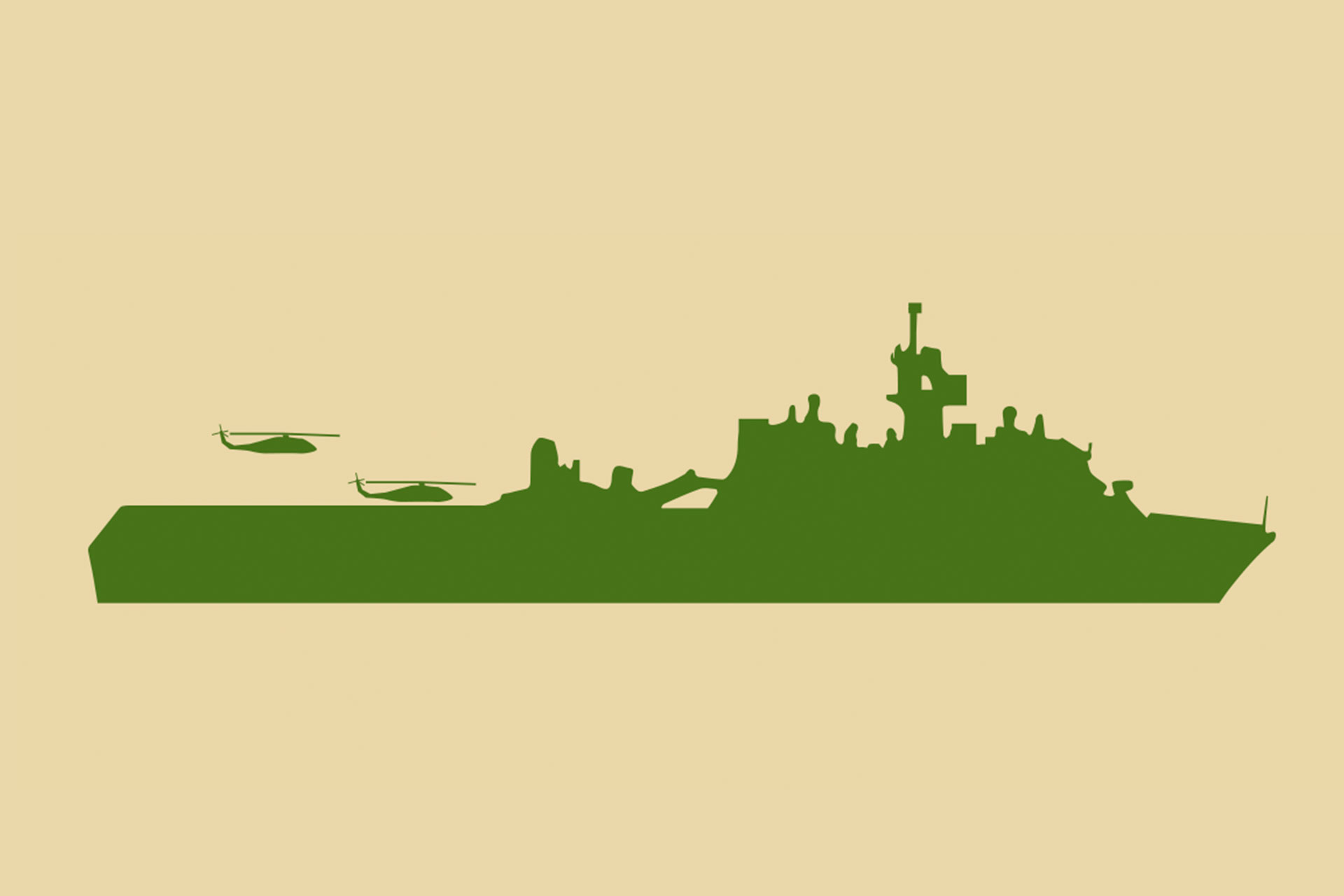
- F-16s will face obsolescence beyond 2030; a decision on its replacement to be made in the next few months in 2018
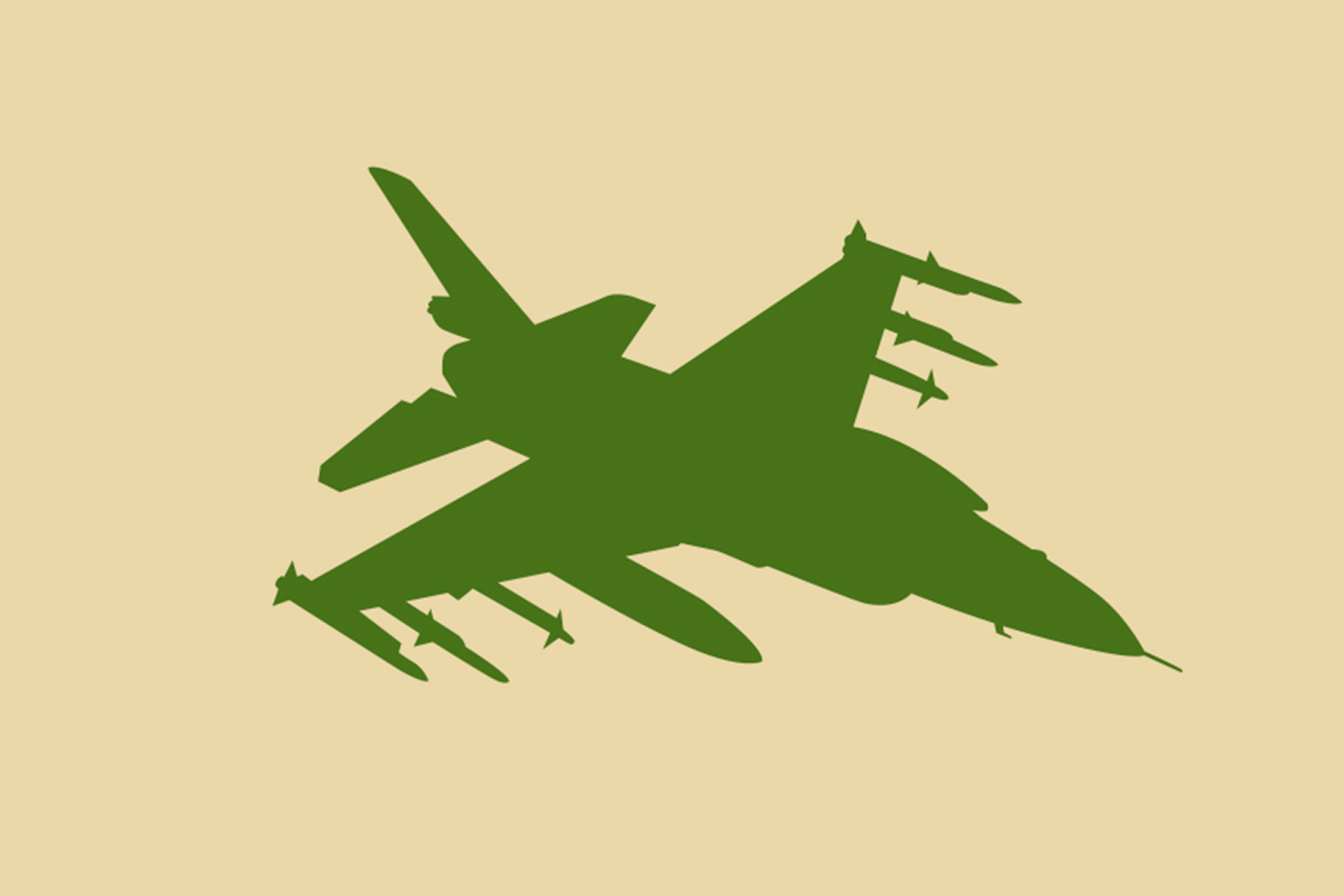
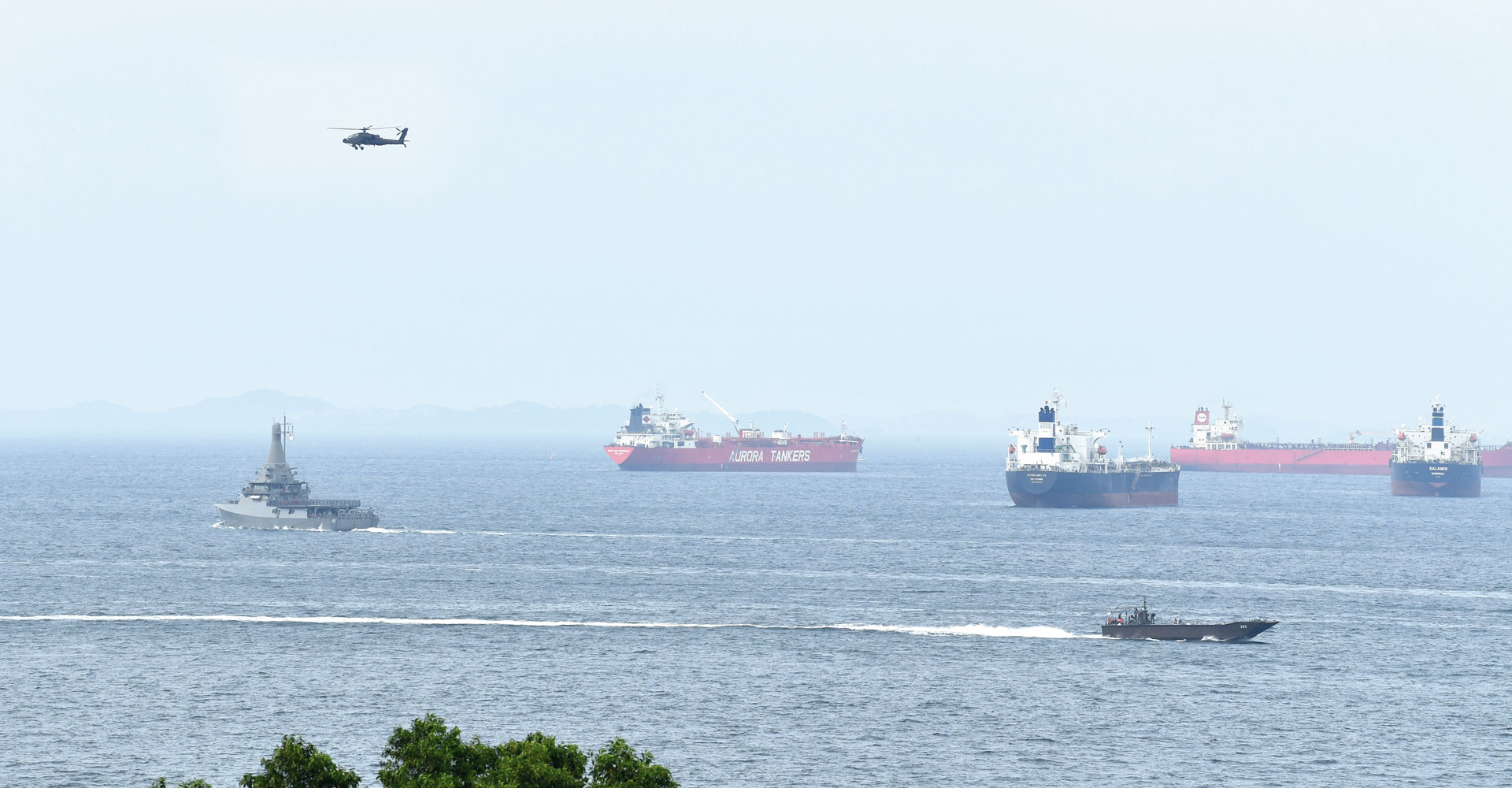
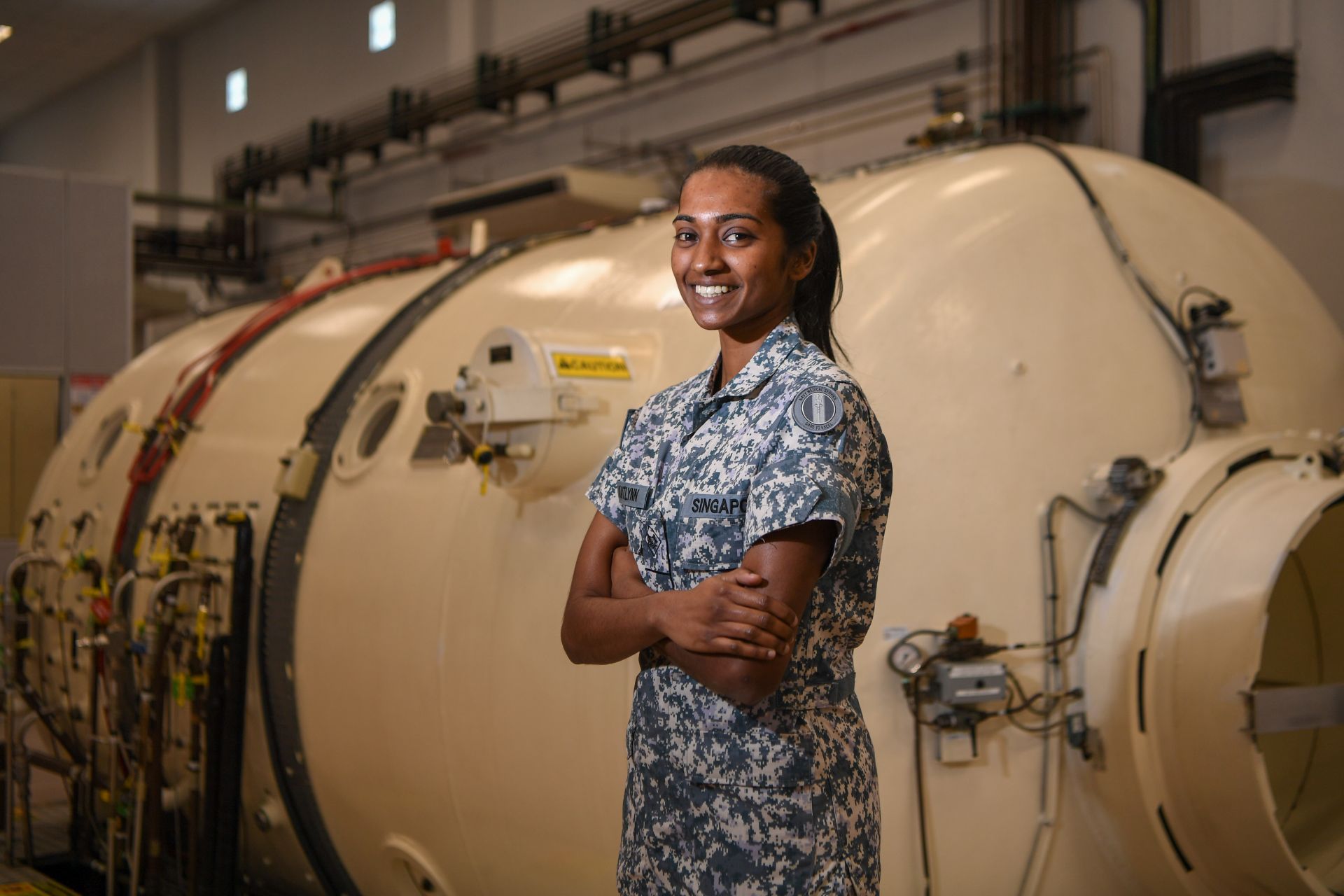
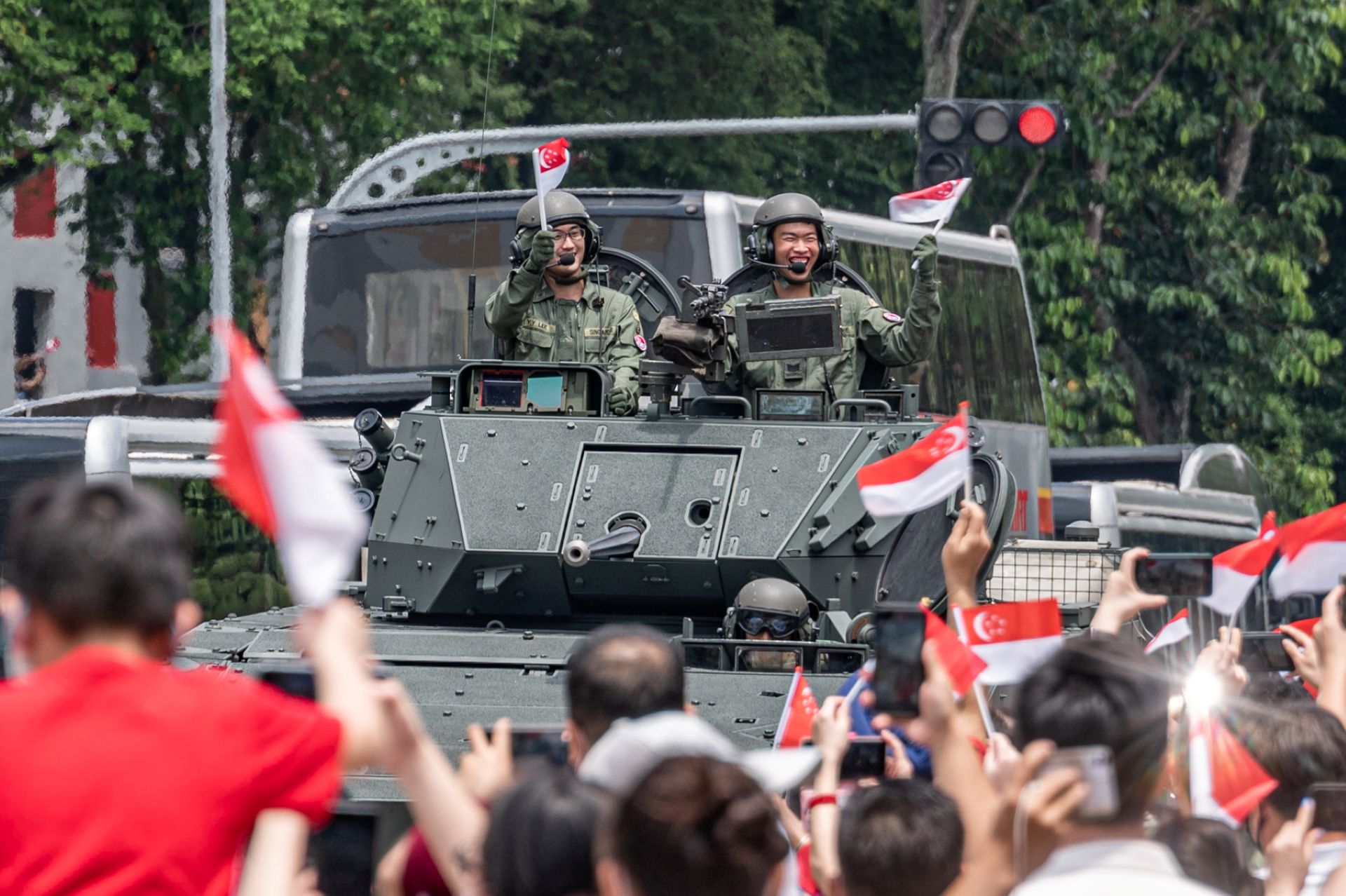
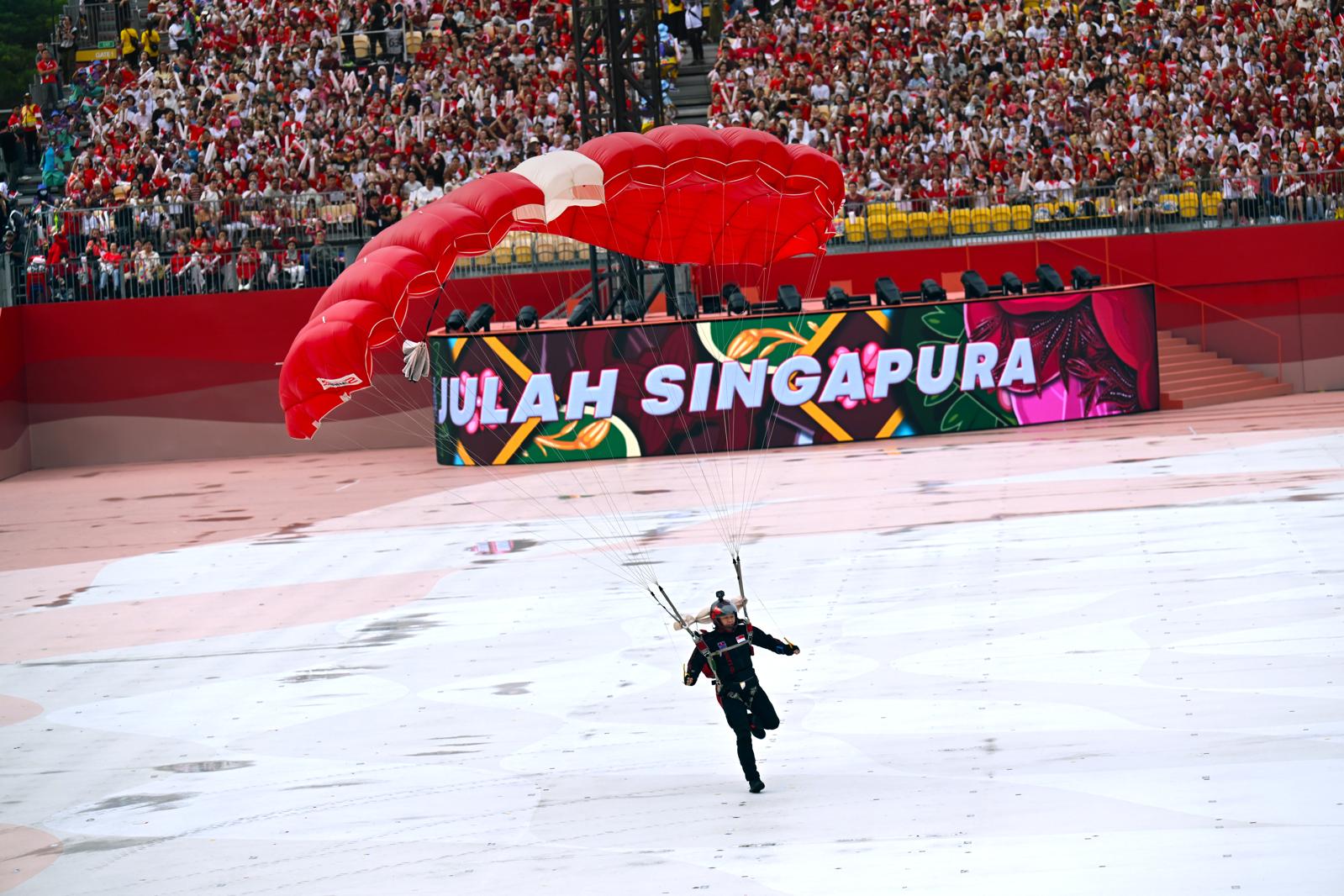
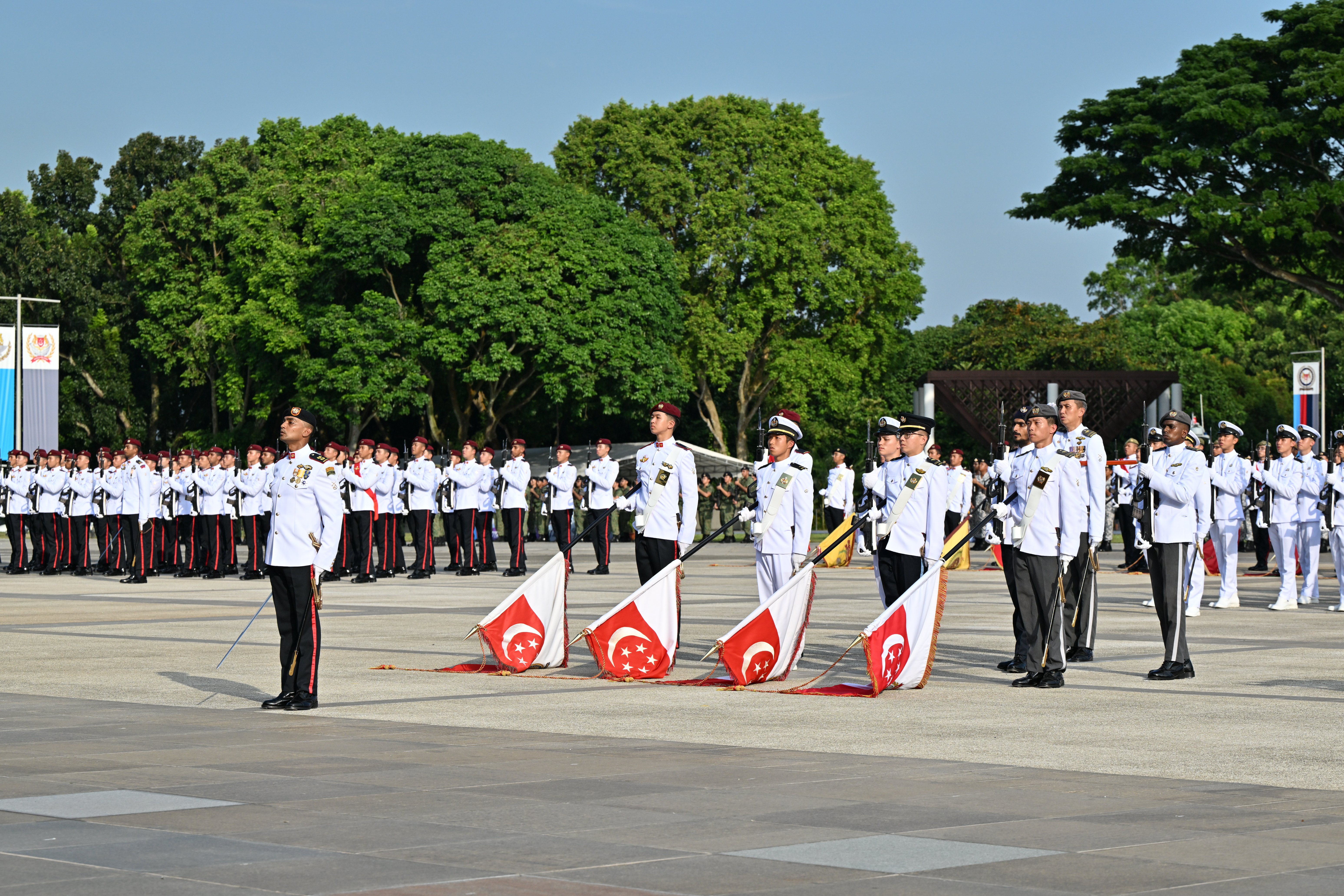
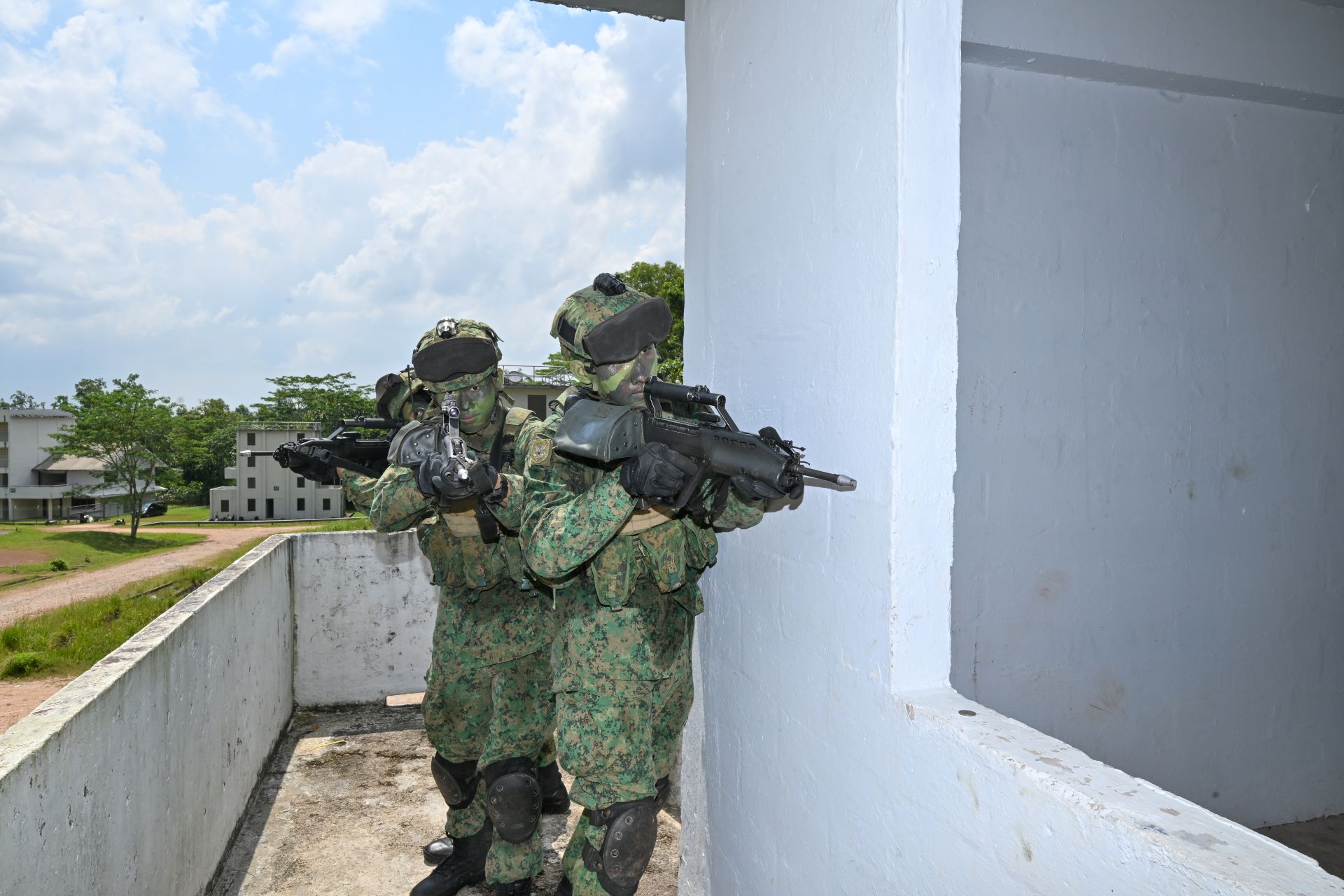
.jpg?sfvrsn=b5383902_1)
.jpg?sfvrsn=4eb1b86e_1)
